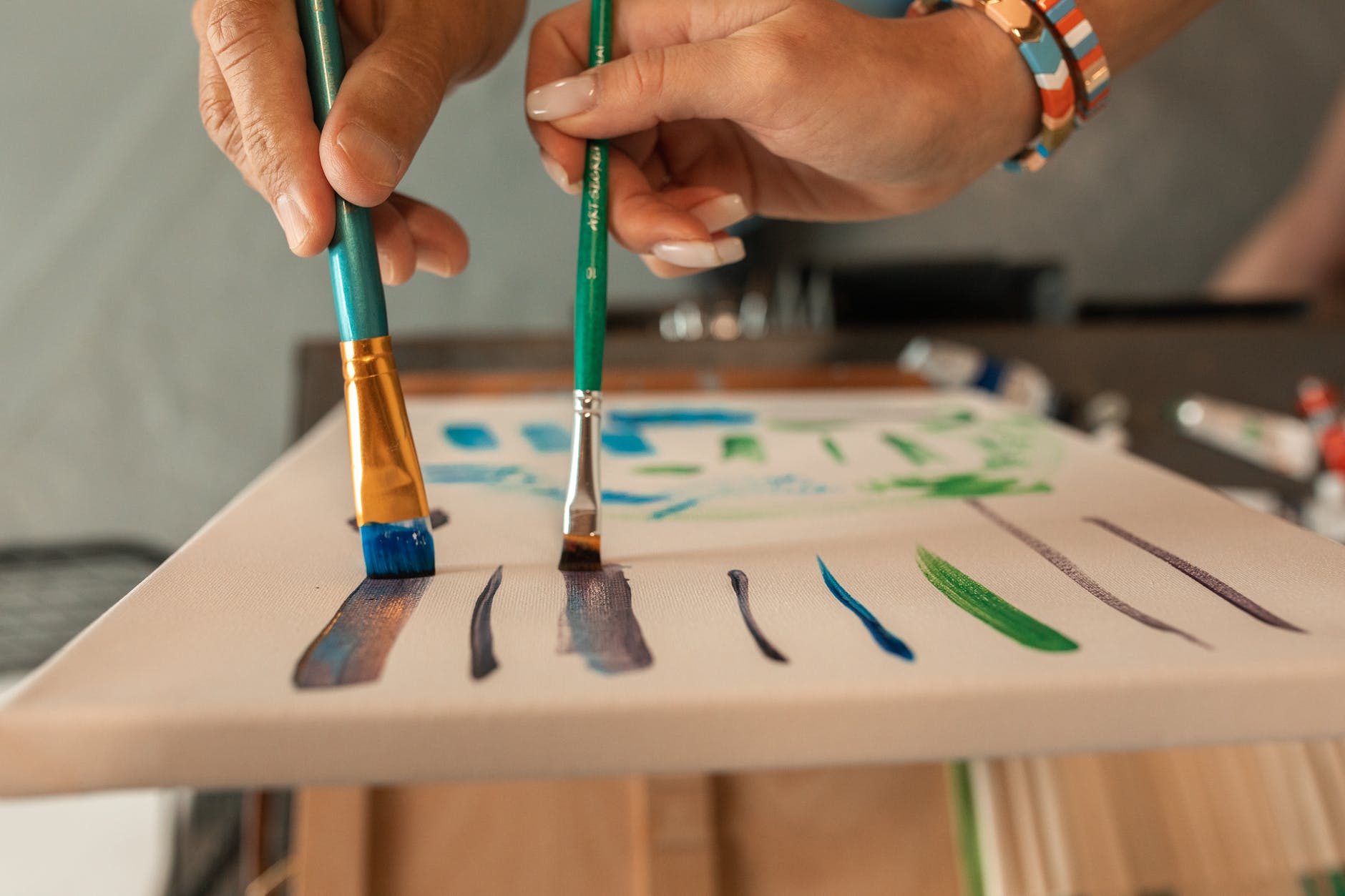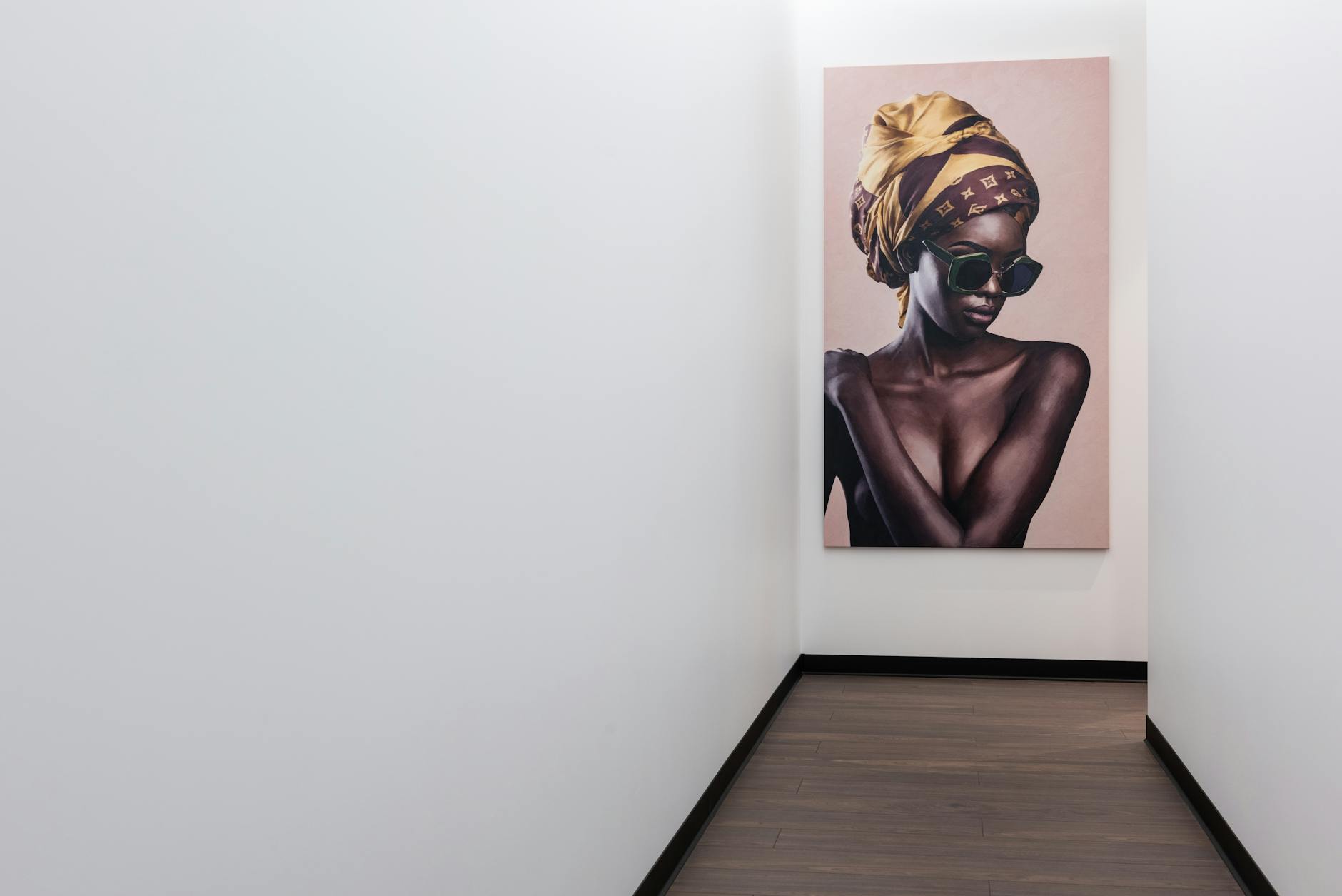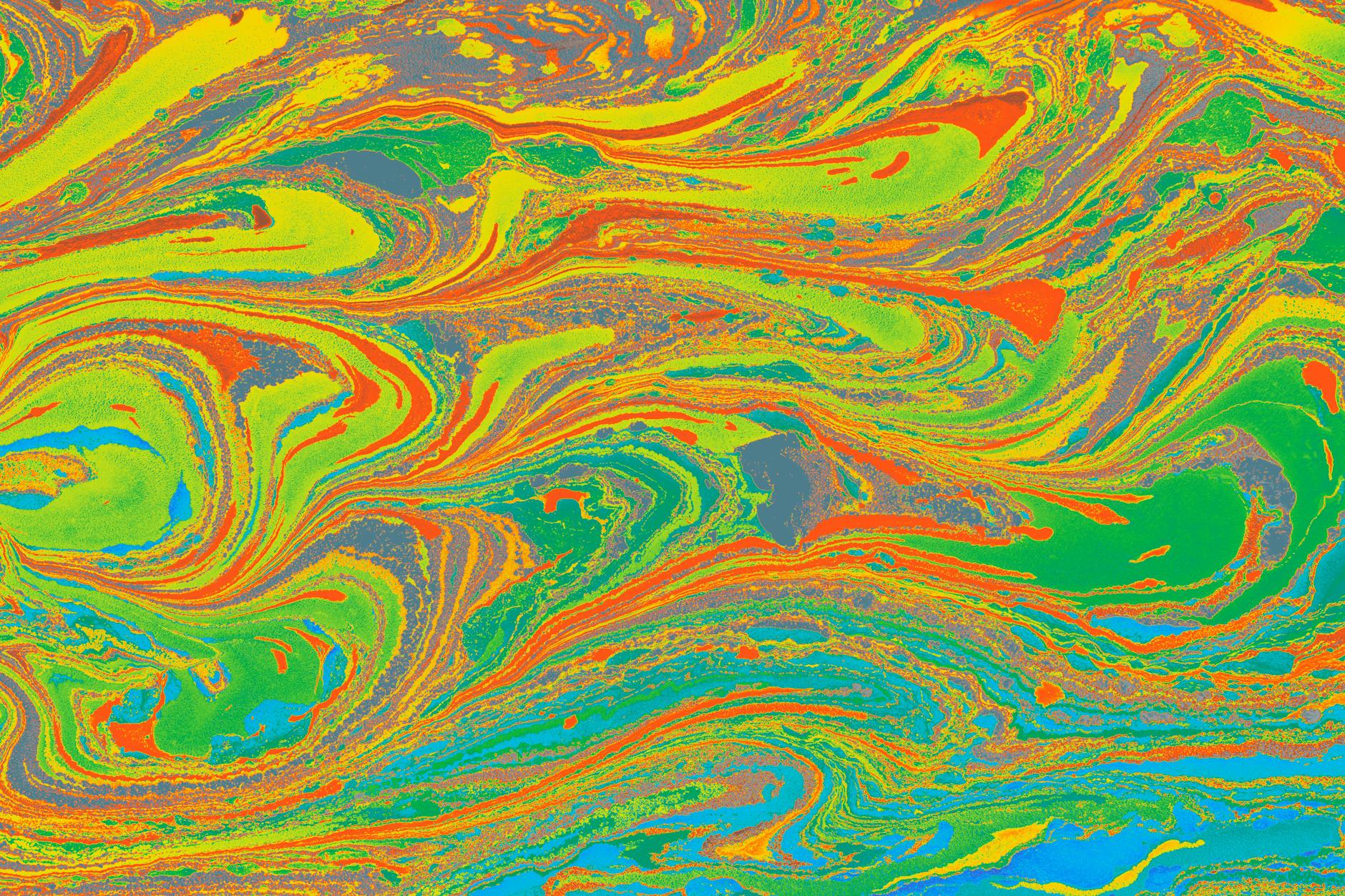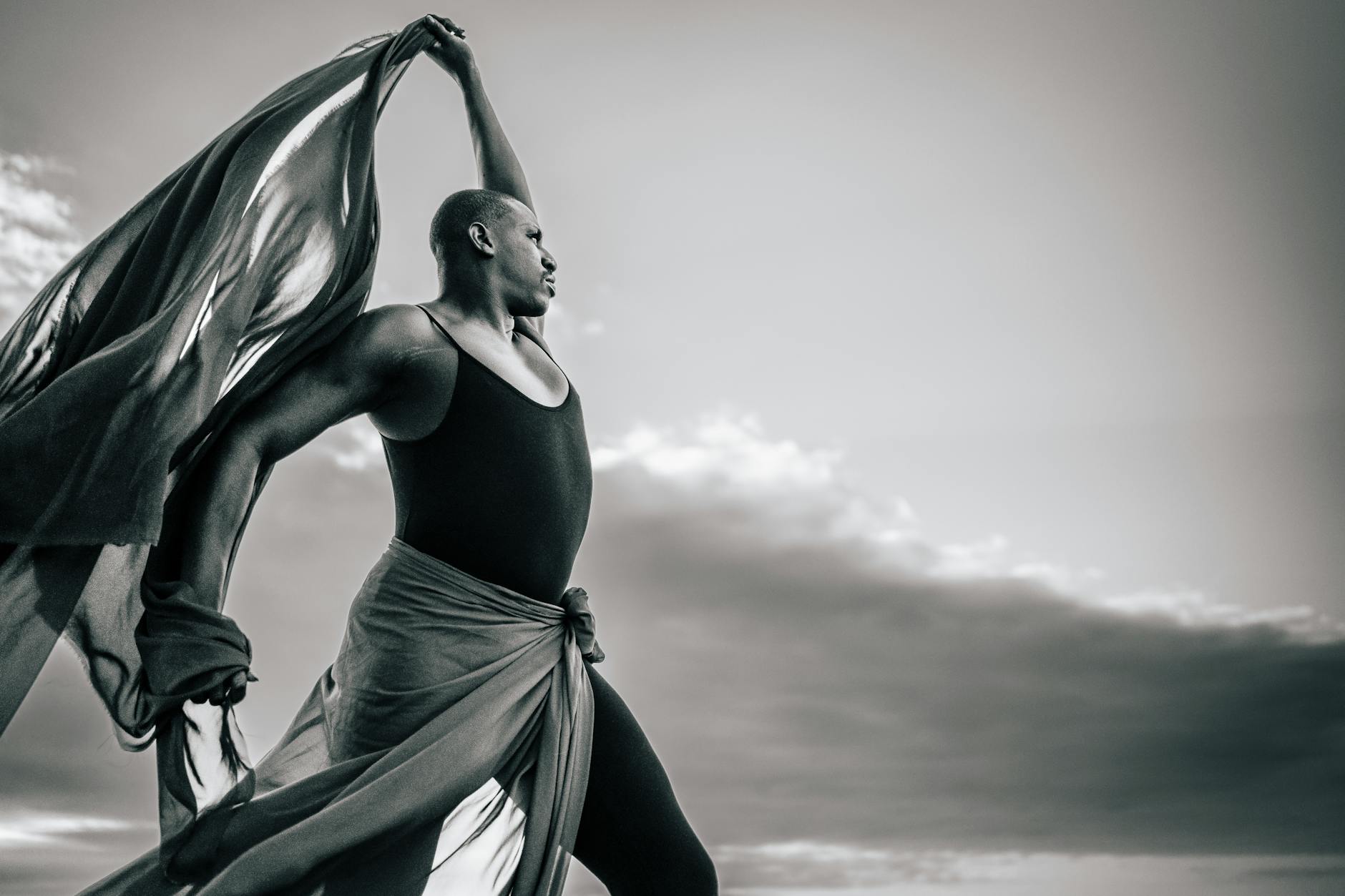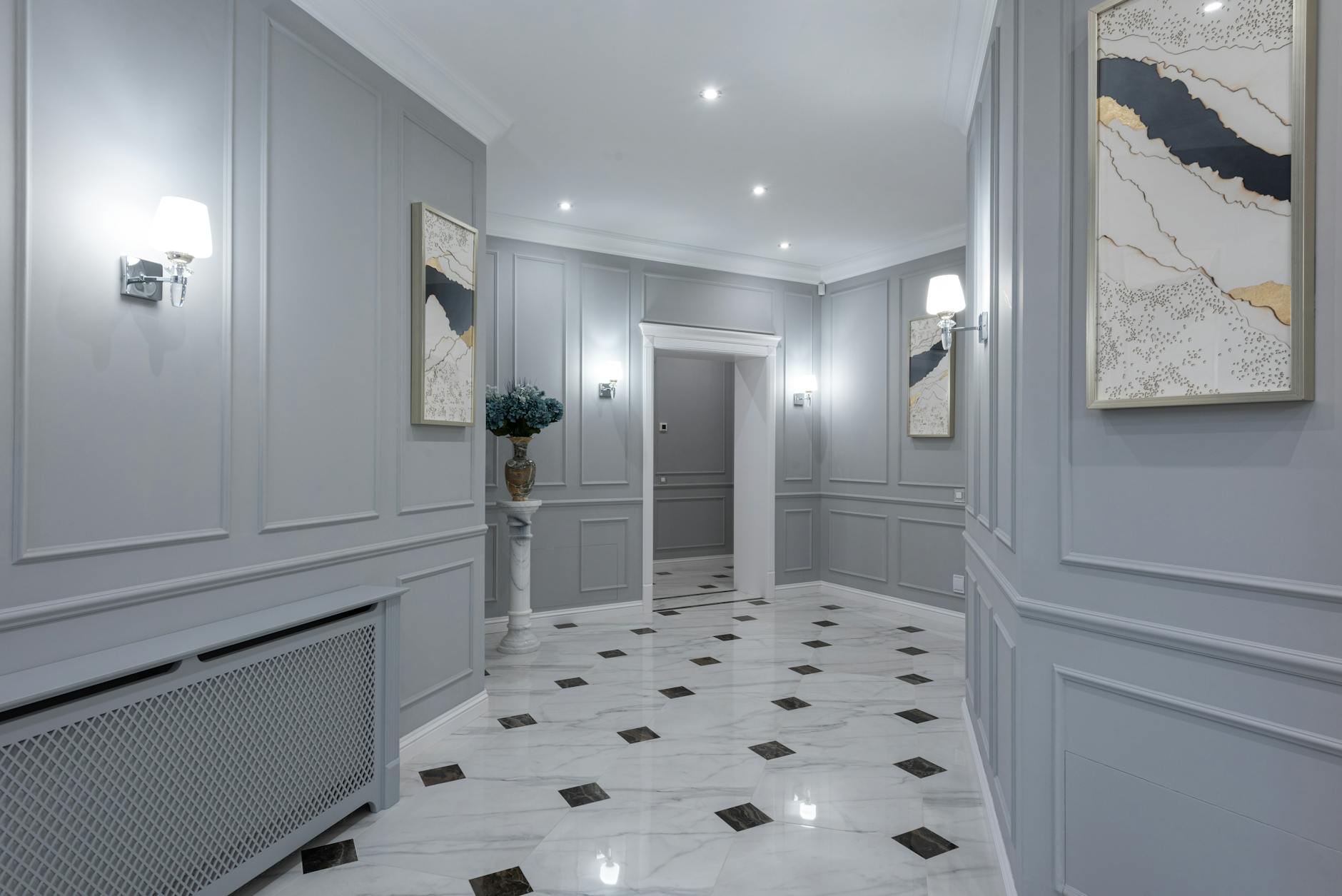Psychedelic art is a visual representation of the vibrant colors and trippy patterns we associate with the hallucinatory realm of altered consciousness. This art form, intensely experimental and captivatingly surreal, has left an indelible mark on our cultural landscape. Its origins, development, and influence prove to be as captivating and complex as the artworks themselves.
The bright, swirling hues and surreal imagery of psychedelic art may appear distinctly modern. Still, the roots of this mesmerizing art form go far back into history, intertwining with spiritual practices and cultural rituals yet to be explored. The use of hallucinogens, such as Ayahuasca and Peyote, by indigenous cultures worldwide imbued their visual artwork with an undeniable psychedelic quality. These long-standing traditions reveal the germination of ideas that would later evolve into the psychedelic art movement.
Psychedelic art as we converse burst onto the mainstream in the mid-20th century, propelled by a historic counterculture revolution. As the popular consciousness of the 1960s and 70s began to focus on social revolution, political dissent, and explorations of consciousness, artists sought new mediums to express their responses to these resonant symbols and ideas. In the throes of this gathering storm came the birth of psychedelic art.
Key figures in the movement were like beacons, igniting artistic freedom in the era of cultural renaissance. Artists like Alan Aldridge, the ‘Beardsley in blue jeans,’ and Peter Max, known for his cosmic ’60s style, became synonymous with the psychedelic art aesthetic. Their work resonated with a generation clamoring for change, and brightly colored, overwhelmingly detailed psychedelia quickly permeated pop culture.
This rebellious art movement saw remarkable development during the ‘Summer of Love’ in 1967. San Francisco became the hotbed of a psychedelic art explosion. Staples of the subculture, like the iconic poster art for rock concerts by artists Wes Wilson and Victor Moscoso, tapped into the visceral, abstract beauty of the experimental aesthetics of psychedelic art. Their trippy patterns and optical illusions, playing with perception and form, pushed the boundaries of visual artistry.
As the counter-cultural tide began to ebb, psychedelic art did not fade away. Instead, it evolved and integrated itself into numerous aspects of mainstream media. Psychedelic influences can be found sprinkled throughout animation, film, fashion, and marketing. The 1980s saw another decisive turn for psychedelic art as digital technology expanded, offering new tools and platforms for artists.
One of the significant subsequent waves of psychedelic animation is the work of Japanese artist Keiichi Tanaami, whose radical pop art and experimental animation encapsulate the vivid, dream-like quality of psychedelic visuals. His works are a testament to the enduring power and adaptability of psychedelic aesthetics.
Concert visuals and album cover art are other areas where the psychedelic style continued to thrive. Contemporary artists like Alex Grey convey spiritual and psychedelic themes that resonate with a new generation of psychedelic enthusiasts. His stunningly intricate art on albums for bands like Tool exhibit a modernized form of the psychedelic aesthetic, proof that this vibrant art form is ever-evolving.
Psychedelic art continues to be a significant influence in art and popular culture. As we dive deeper into the 21st century, the rise of VR technology and immersive experiences has opened up a whole new avenue for psychedelic experiences.
In retrospect, psychedelic art is a journey into the realms of the human mind that remains uncharted. Its vibrant history mirrors the cultural shifts and attitudes of different periods, and its future blossoms with unlimited possibilities. As our understanding of consciousness expands, so too will the psychedelic art experience, forever altering the boundaries of our creative dimensions.
Sources:
1. Psychedelic Art – Oxford Art Online
2. Alan Aldridge – Norman Rockwell Museum
3. Alex Grey and Psychedelic Art – SFMOMA




